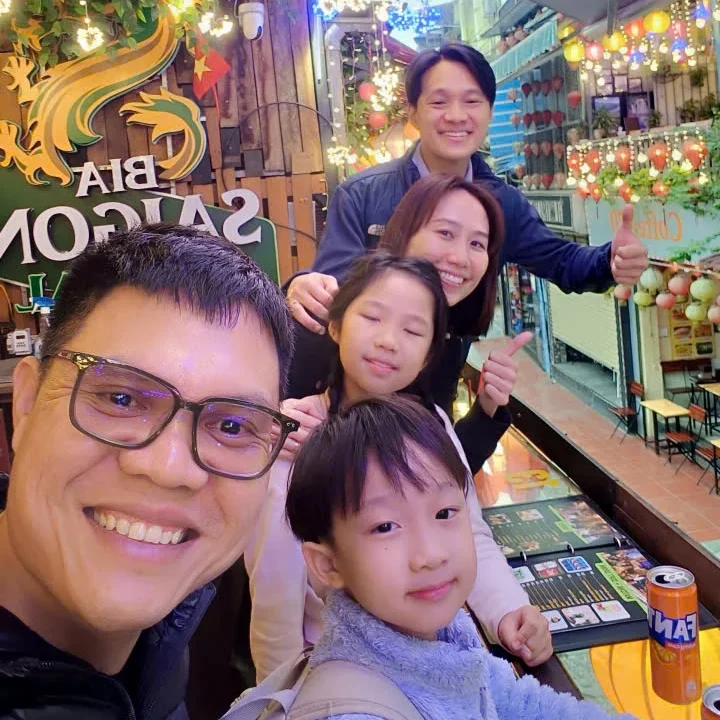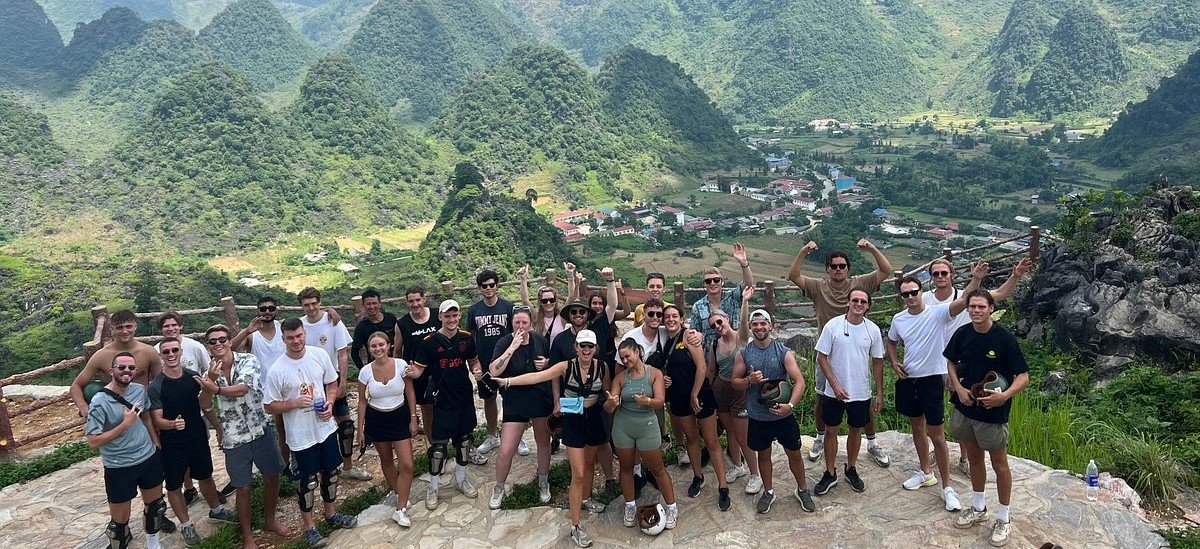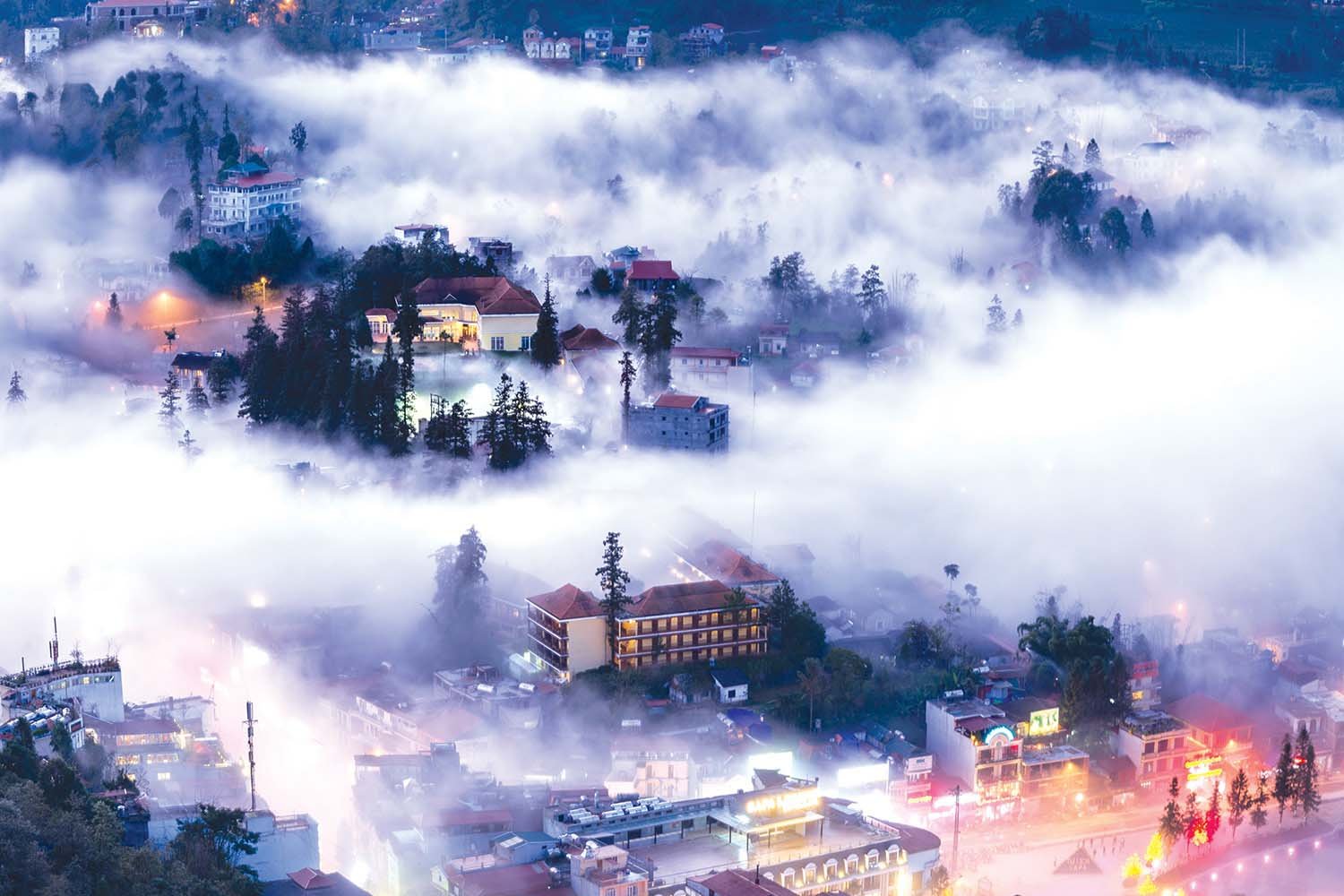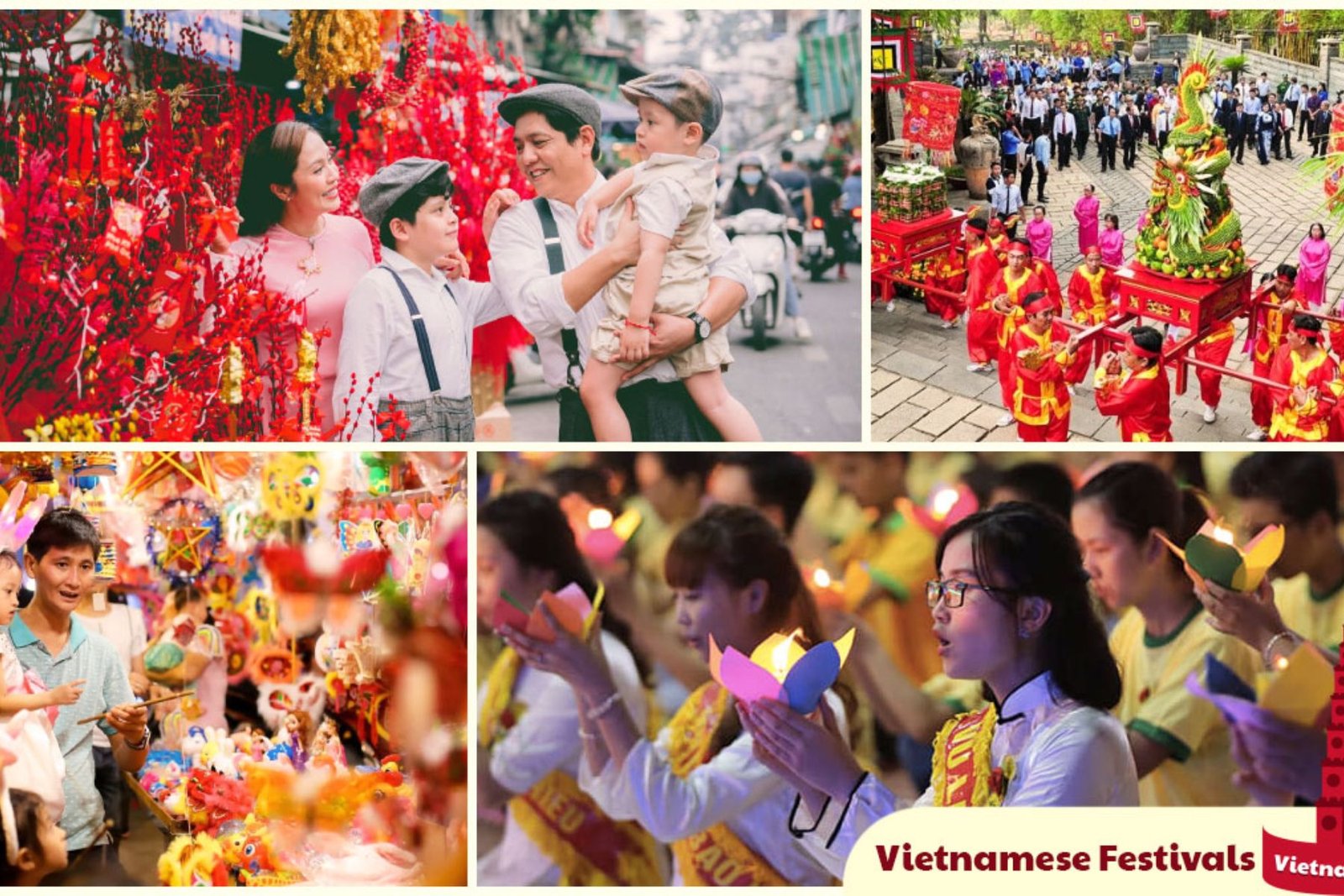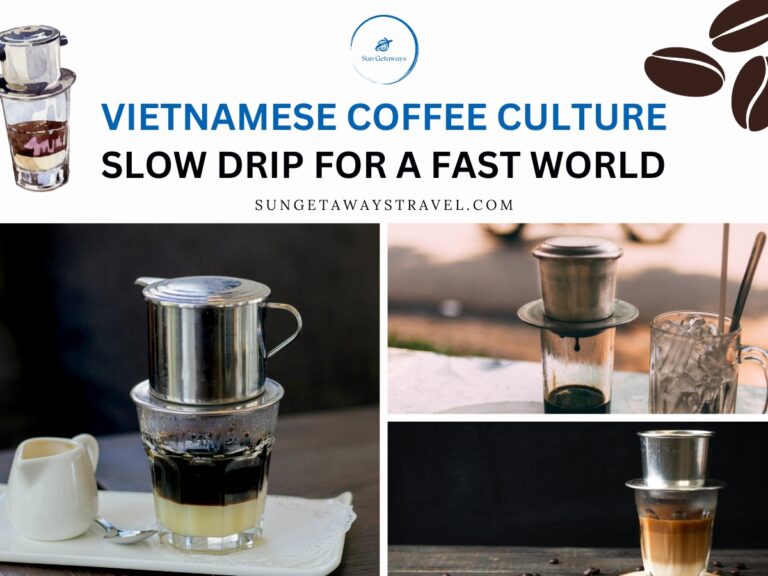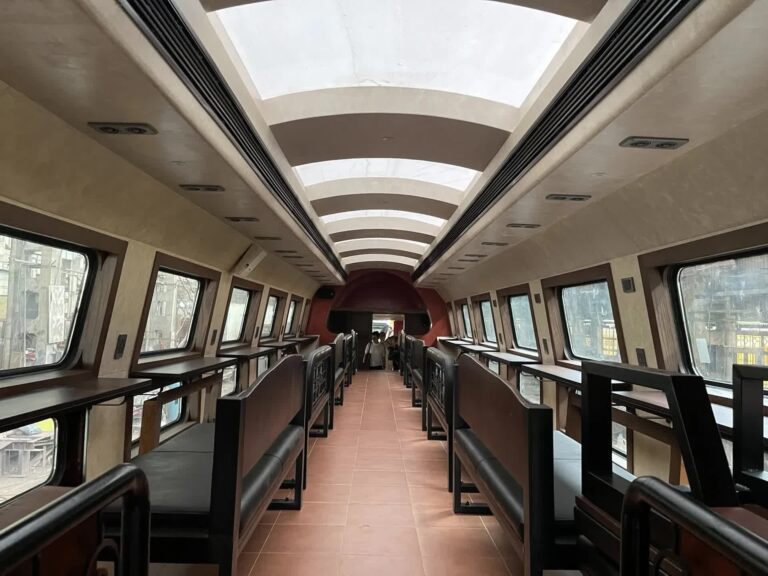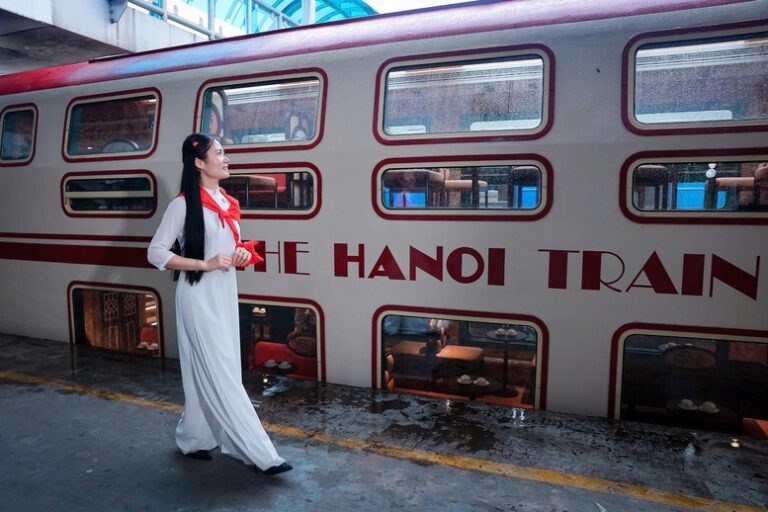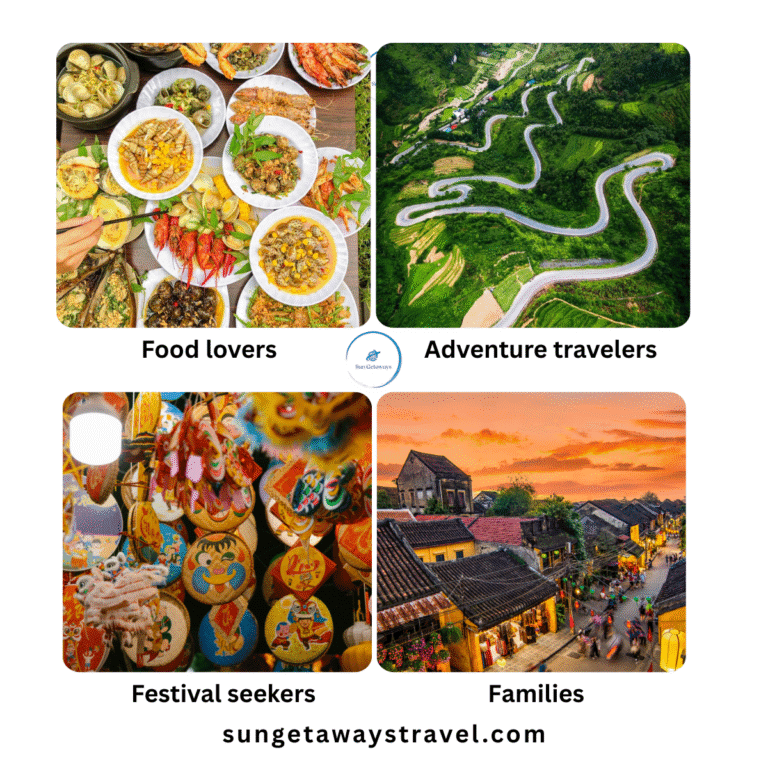Vietnam Culture Canada: Unveiling Traditions & Customs
 ngocdiem
ngocdiem For Vietnamese customs Canadian travelers understanding Vietnam culture Canada is essential to fully enjoy their trip. With cultural differences between Vietnam and Canada, knowing Vietnamese customs helps avoid misunderstandings. This guide will explore key aspects of Vietnam cultural differences, providing Canadian travelers with valuable insights to navigate the local traditions with respect and ease.
1. Overview of Vietnam culture Canada
Vietnam’s culture is deeply rooted in its long and rich history, influenced by a mix of indigenous traditions and external influences, especially from China, France, and other Southeast Asian countries. The core elements of Vietnamese customs Canadian travelers that make it unique include its history, religion, and customs, all of which shape the daily life and identity of the Vietnamese people.
1.1. History
Vietnam has a history that spans thousands of years, with a long tradition of resilience against foreign invaders. From the ancient kingdoms of Van Lang and Au Lac to the struggles against Chinese rule and later French colonialism, the Vietnamese have developed a profound sense of national pride and unity. This historical resilience is reflected in the cultural values of perseverance, respect for ancestors, and a commitment to family and community.
1.2. Religion and Spirituality
Religion plays an important role in Vietnamese customs Canadian travelers with influences from Buddhism, Confucianism, and Taoism. Buddhism, in particular, shapes many cultural practices, especially in the way people honor their ancestors and seek spiritual balance in daily life. Ancestor worship is a common practice, where families maintain altars in their homes to honor deceased relatives. Many Vietnamese also participate in festivals and rituals that mark important religious occasions, often centered around temples or pagodas.
Additionally, Christianity and Caodaism, a unique Vietnamese religion, are also part of the country’s religious landscape. These diverse religious beliefs coexist harmoniously, contributing to a rich tapestry of cultural practices, festivals, and customs.
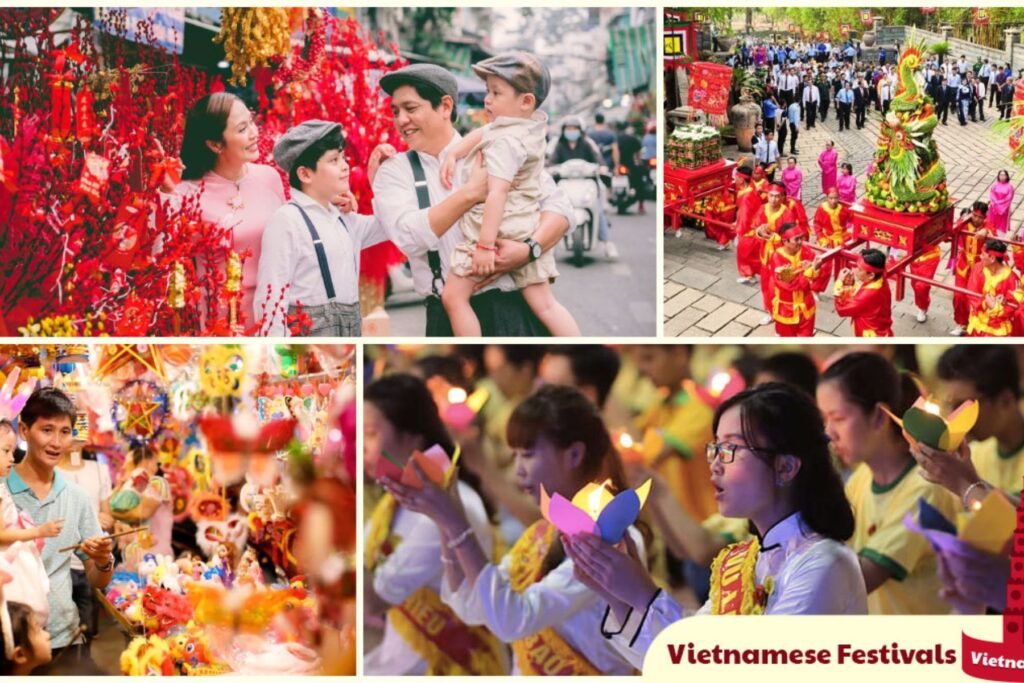

1.3. Customs and Traditions
The cultural practices and customs in Vietnam are closely linked to its agricultural society and respect for nature. Family plays a central role in daily life, with a strong emphasis on filial piety and respect for elders. Vietnamese people are generally reserved but warm and welcoming once relationships are established. Traditional dress, such as the Ao Dai, and the art of calligraphy reflect the importance of beauty and elegance in everyday life.
Food also holds a vital place in Vietnam culture. Vietnamese cuisine is world-renowned for its balance of flavors, including sweet, sour, salty, and bitter elements, with an emphasis on fresh herbs, rice, and seafood. Meals are often communal, and sharing food is a sign of respect and unity.
👉 Explore: The Elegance of Ao Dai: A Symbol of Vietnamese Traditional Clothing
2. Key Traditions and Festivals in Vietnam culture Canada
Vietnam’s rich cultural heritage is showcased through various traditional festivals and customs that celebrate its history, religion, and social life. For Canadian travelers, these experiences provide a unique glimpse into the Vietnamese way of life. Here are some of the key traditions and festivals that travelers can explore:
2.1. Lunar New Year
Tet, or the Vietnamese Lunar New Year, is the most significant holiday in Vietnam. This festival, which takes place around late January to early February, is a time for families to reunite and pay respects to their ancestors. The holiday is marked by vibrant festivities, traditional foods, fireworks, and the giving of lucky money to children and elders.
For Canadians visiting Vietnam during this period, Tet offers a chance to witness family-centered celebrations and experience the sense of renewal and hope that marks the beginning of the new year.
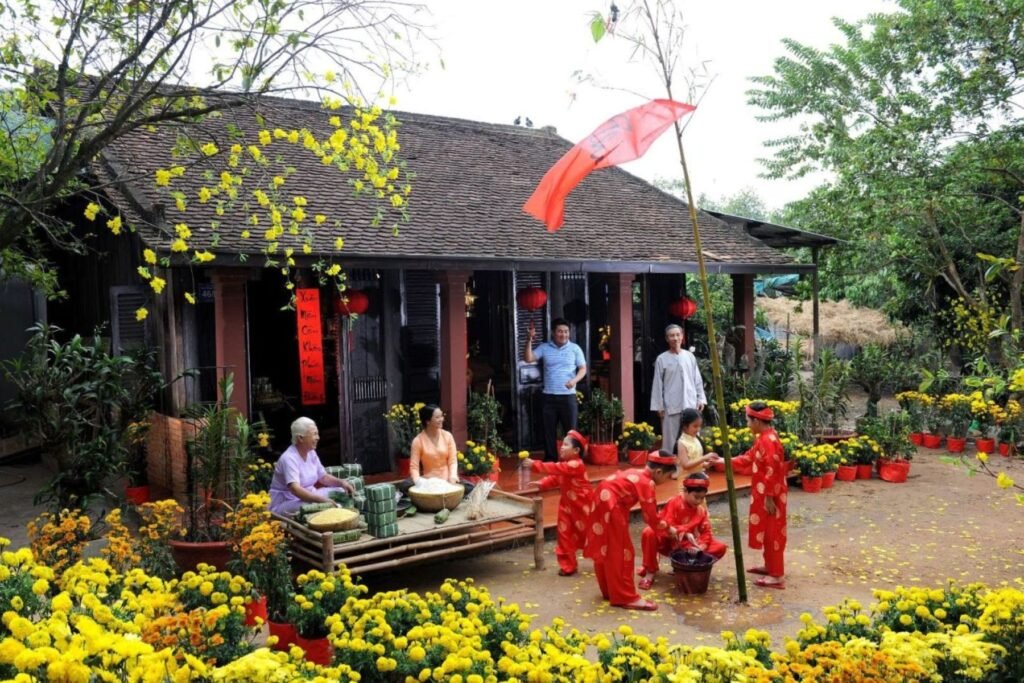

👉 Explore: Vietnam for Australians: Your Ultimate Travel Guide
2.2. Mid-Autumn Festival
The Mid-Autumn Festival is another important celebration in Vietnam, usually held in September or October. It is a festival dedicated to children, where families come together to admire the full moon, enjoy mooncakes, and participate in lantern processions.
In addition to the fun festivities, the Mid-Autumn Festival is an occasion to honor the moon goddess and celebrate the harvest. For Canadian travelers, this festival offers a fascinating blend of fun, tradition, and community spirit.
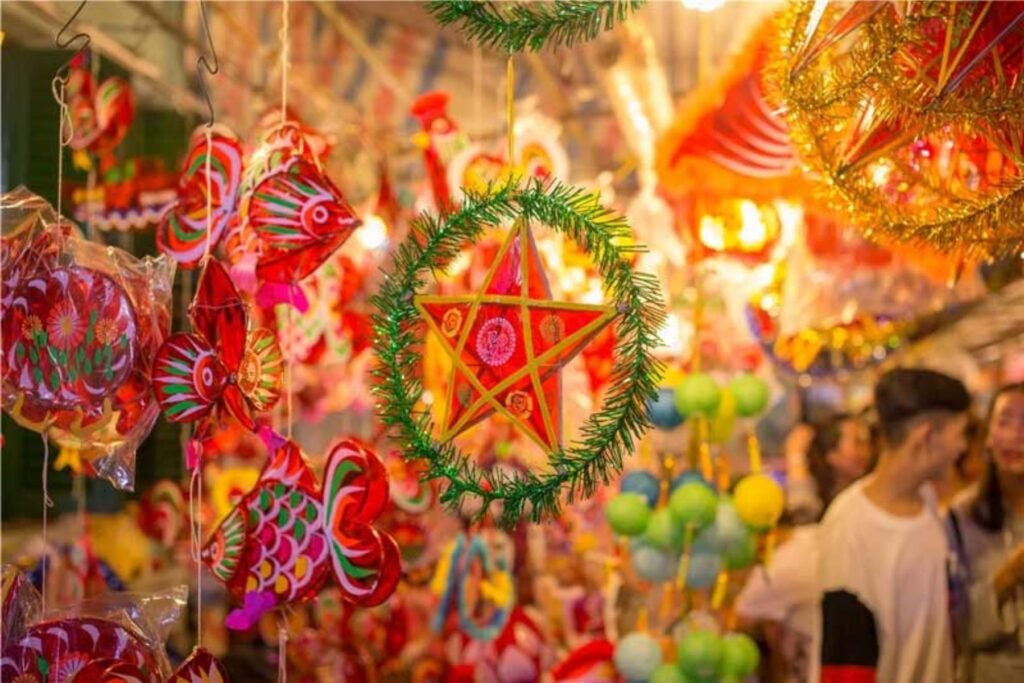

👉 Explore: Vietnam for Americans: A Comprehensive Travel Guide
2.3. The Death Anniversary of Hung Kings
The Death Anniversary of the Hung Kings is a national holiday observed on the 10th day of the third lunar month, commemorating the legendary founders of Vietnam. It is a day of national pride and remembrance, with many Vietnamese visiting the Hung Kings Temple in Phu Tho province to pay their respects.
Canadian travelers interested in Vietnam’s ancient history and mythology will find this occasion a valuable insight into the country’s deep-rooted respect for its ancestors and heritage.
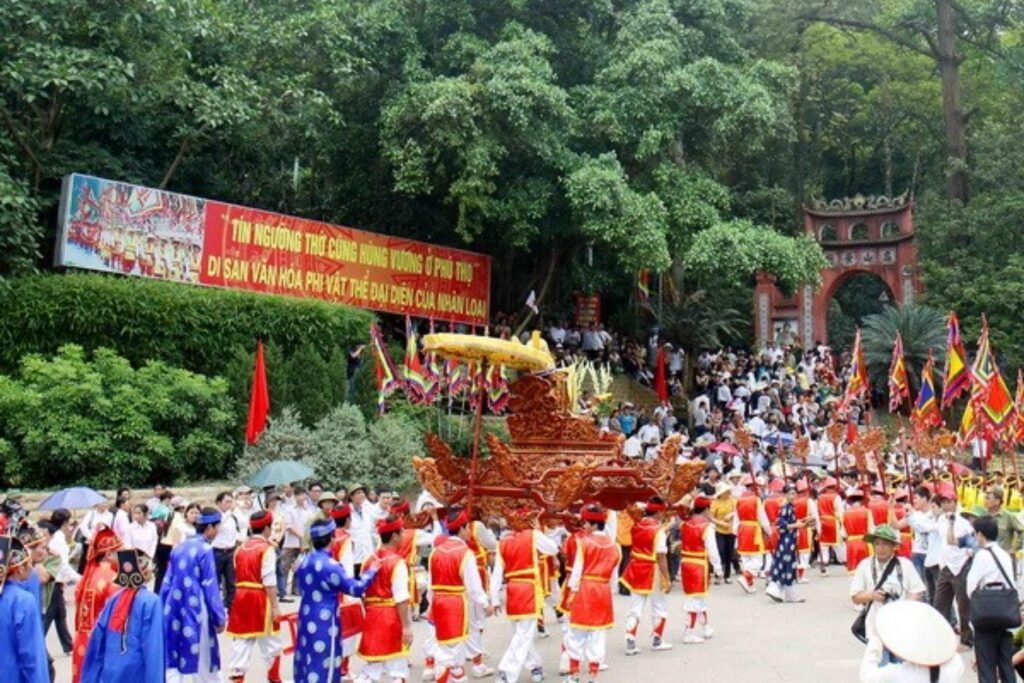

👉 Explore: Discover Stunning Vietnam Beaches Brazil: Top Spots to Visit
3. Vietnamese Customs and Etiquette for Canadian Travelers
When traveling to Vietnam culture Canada, Canadian visitors should be aware of certain customs and etiquette that are valued in Vietnamese culture. Respect and politeness go a long way, and understanding local traditions can make for a more enjoyable and authentic experience. Below are a few important customs to keep in mind:
3.1. Greetings and Address
In Vietnam, a respectful Vietnamese greeting is important, especially when meeting elders or people in positions of authority. The traditional greeting is a handshake, but it is often accompanied by a slight bow or nod to show respect. Vietnamese people may address others by their titles or family names, and using honorifics is a sign of politeness. Vietnam culture Canada travelers should avoid using first names too casually unless invited to do so.
3.2. Dining Etiquette
Vietnamese dining etiquette places a strong emphasis on respect for others at the table. When dining with a Vietnamese family or group, it is polite to wait for the eldest person to begin eating before you start. It’s also common to serve food to others before serving yourself, showing generosity and thoughtfulness. Using chopsticks properly is essential—never stick them upright in a bowl of rice, as it resembles a funeral custom.
3.3. Gift Giving
When visiting a Vietnamese home or attending a celebration, it is customary to bring a gift as a gesture of goodwill. Common gifts include fruit, tea, or traditional sweets. Canadians visiting during the Tết holiday, for example, might consider bringing lucky money (in an envelope) as a symbol of good luck and prosperity. However, it’s important not to give gifts in pairs, as even numbers are considered unlucky in Vietnamese culture.
👉 Explore: Vietnam for Israelis: A Complete Guide to Southeast Asia Adventure
4. Vietnamese Arts, Music, and Dance: An Artistic Expression of Culture
Vietnam’s artistic expressions—from traditional music and dance to fine arts—play a significant role in preserving its culture and passing it down to future generations. Vietnam culture Canada travelers interested in exploring Vietnam’s cultural scene will discover a world of vibrant traditions and artistic craftsmanship.
Traditional Music
Vietnam’s traditional music is diverse, with regional variations reflecting the country’s history and geography. Quan ho (northern folk music) and Ca tru (a traditional form of singing) are just a few examples of the many styles that capture the emotions and narratives of Vietnamese life. For Canadians visiting, experiencing a live performance of water puppet shows (a traditional art form) or Tuong (classical opera) can be an unforgettable cultural experience.
Traditional Dance
Traditional Vietnamese dance forms often accompany folk music and ceremonies. Lion dances are performed during the Lunar New Year and other festivals, symbolizing good luck and fortune. Ballet-style dances are also popular, especially in major cities like Hanoi and Ho Chi Minh City, showcasing the blend of modern and traditional influences in Vietnamese performance arts.
Craftsmanship and Fine Arts
Vietnam is known for its traditional craftsmanship in ceramics, silk weaving, and lacquerware. Visitors can explore local markets to see artisans at work and purchase unique handcrafted souvenirs. Cities like Hanoi and Hoi An are known for their historical fine arts scenes, offering visitors the chance to see beautiful paintings, sculptures, and cultural artifacts that reflect Vietnam’s artistic heritage.
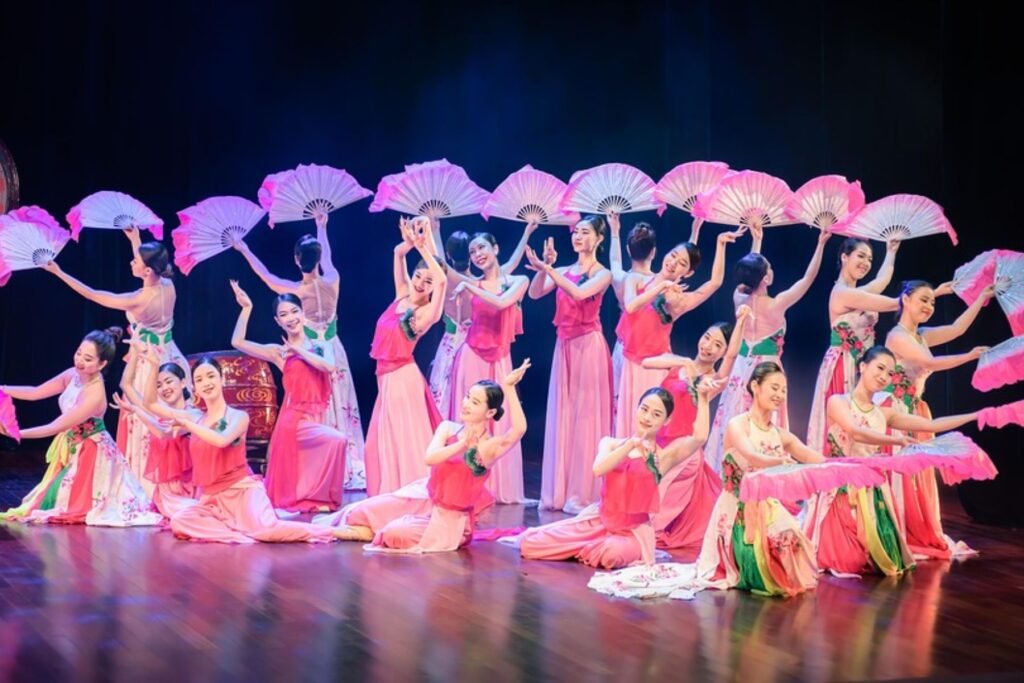

👉 Explore: Hoi An Lantern Festival – The Ancient Town’s Most Stunning Event
5. Conclusion
Vietnam culture Canada offers Canadian travelers a rich blend of traditions, festivals, and cultural experiences that highlight the country’s unique history and customs. From vibrant celebrations like Tết to the warmth of Vietnamese hospitality, every moment in Vietnam is an opportunity for cultural discovery. Sun Getaways Travel provides tailored itineraries to ensure an unforgettable journey through the heart of Vietnam’s culture. Embrace the cultural exchange and let your adventure begin!
Ask a question
Leave a Comment (0)
No questions yet. Be the first to ask a question!

